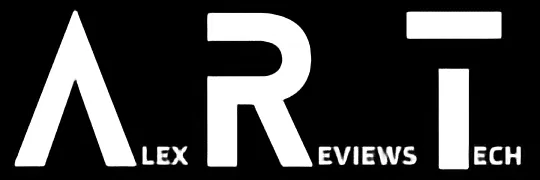
Opinion: It’s undeniably good news that NBN Co is planning to boost upper tier NBN plan speeds, because more speed is always better. The question is – what will that do to NBN plan prices?
With a tip of the hat to ITNews (where I first saw it reported), NBN Co has today announced plans to boost the speeds on its top tier NBN plans for consumers.
Right now, those plans typically sit at 100/20 (and from some but not all providers, 100/40, typically at a higher cost), 250/25 and 1000/50Mbps. Those are all peak speeds, your experiences may vary, other factors affect speeds, yadda yadda yadda and so on and so forth.
Under NBN Co’s proposal, 100/20 would be replaced by 500/50, 250/25 would become 750/50 and 1000/50 would become 750-1000/50-100 Mbps.
NBN Co’s provisioning of that top tier talks about it in terms of being an existing 500-1000Mbps plan, though you typically don’t see NBN providers mentioning it that way; it’s almost always as 1000/50 with a big shiny asterisk noting that this is a peak speed and typical speeds may be a tad lower. ‘Twas always the way, and all that.
What do I need to get the newer faster speeds?
Basically, you need to be on an FTTP or HFC connection, or be on track to get a full fibre upgrade from FTTN or FTTC; NBN Co says it’s also going to relax its thresholds for FTTC customers wanting that upgrade, allowing it if you shift to at least a 100/20 based plan.
Sorry wireless and satellite NBN customers, this one ain’t for you.
What will it cost – and what’s the best value here?
Well now, that’s the interesting part of the equation, or at least it could be. NBN Co says it’s going to offer these speed boosts “at no extra wholesale cost to retailers”, which opens up an interesting pricing can of worms for NBN providers.
Previously, the general sweet spot (not including temporary discounts from NBN Co, as we saw for example during the pandemic) has been around 50/20 plans, and there’s no indication that NBN Co is going to shift those around at this time. But if the 100/20 plans are becoming 500/50 plans, that’s one big old speed and capacity boost right there, which does change the value equation.
It’s also an interesting challenge at the upper tiers. Personally, I’m currently on a 1000/50 plan over HFC (because there’s no FTTP upgrade path for me, sigh), but that’s mostly to get that 50Mbps upload speed in play more than a straight up need for 1000Mbps download speeds in theory.
I could very easily see myself dropping to 500/50 and pocketing the change in plan pricing as a result without feeling any impact on my overall usage, though of course one of the nicer things with most NBN plans is that you’re not tied into long-term contracts, so I could also play around with those faster 1000/100 plans and see if I really do get better upload speeds. HFC is a… temperamental technology, to put it bluntly.
That’s not what NBN Co wants for sure. The push to higher speeds is all about its revenue and wanting consumers to put more money into NBN plans (bearing in mind it’s a wholesaler).
While NBN ISPs can’t claim rising NBN Co costs if the speed boosts aren’t costing more, it’ll be really interesting to see who passes on the speed boosts with no plan changes, who shifts plan pricing – and of course, who tries to butter up existing consumers by claiming that they’re personally making their NBN plans faster, too.
If current pricing holds, I do reckon that 500/50 (previously 100/20) tier will be the new battleground; right now those plans are typically around $10-$15 more than an NBN 50/20 plan, but when they’re going to be ten times faster for downloads and 2.5 times faster for uploads, the value proposition shifts markedly towards them – as long as prices don’t jump up as a result.
Update: Aussie Broadband has been first out of the gate with a comment on the changes.
Necessary disclaimer: Aussie Broadband is a former sponsor of Vertical Hold. Take of that what you will.
A statement by Aussie Broadband’s Phil Britt went out to media (including me), stating that:
“While Aussie has a very strong share of the Fibre Connect market we still need to understand what impacts this will have for competition. By switching customers over at the wholesale level, smaller RSPs may miss out on the opportunity to compete for those customers which could harm retail-side innovation in the Australian broadband market”
Which doesn’t say much beyond “we’re watching to see what others do”, now does it?
Was this useful to you? Support independent media by dropping a dollar or two in the tip jar below!





